Blog
What Can a Venture Capitlist Teach You About Samarkand?
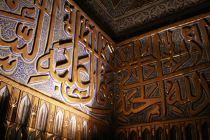
Most people in Samarkand, including emperor Timur could not read these as they were illiterate.
As it turns out quite a lot!
Especially if he was just there, as our guest author Ashok Vaish was. He recently visited Samarkand with his family and his blog does a wonderful job of outlining some of the history and events that have impacted the city. He also highlights his words with some very nice photos. Enjoy!
Samarkand
by Ashok Vaish
Samarkand has been at the center of many empires. Here’s a list for the history buff:
The Achaemenids (6th – 4th Century B.C.)
The Greeks with the conquest by Alexander the Great
(4th Cen. B. C. on)
Kushan – A Greco-Indian Buddhist empire.
(1st – 3rd Century A.D.)
Sassanid – a Persian dynasty. Zoroastrian, Buddhist
(3rd-7th Century)
Arab – briefly part of the Caliphate after muslim conquest in eighth century.
Samanid – a Persian, Shia empire (9th and 10th Century)
Turkic Sunni Muslim rule from the Aral Sea kingdom of Khwarezm (11th -13th Cen.)
Completely destroyed, burned and looted by Genghis Khan (March 1220)
Rebuilt by Timur Lang, a descendant of Genghis
(14th Century)
Timur Lang and his dynasty (14th – 16th Century)
Uzbeks, Bukhara Emirates (16th – 18th Century)
Tsarist Russia and Soviet colonization. (19th & 20th Century)
Independent Uzbekistan (1991 – present)
Timur Lang’s monuments define Samarkand today. They have been restored somewhat from the ravages of time and violent cultures since the 14th century when they regally dominated the Samarkand skyline.
Timur’s Mausoleum
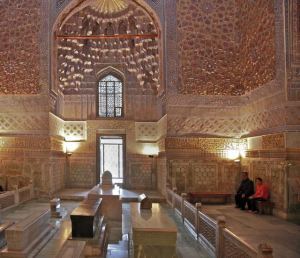
Timur ruled from 1370 – 1405. He saw himself as Genghis Khan’s heir and was a great conqueror in the Mongol tradition: a brutal destroyer, sacker and looter across Asia. But he was also a builder of a beautiful city and a patron of the arts. In 1404 he lost his favorite grandson in a battle and was devastated. Timor, the murderer of more than a million people, is said to have cried for two days. He built this mausoleum in memory of his grandson. He is buried here too along with his other descendants.
The tombs inside the Mausoleum
There is a famous curse attached to opening Timur’s tomb: A sign is carved on it warning that whoever would dare disturb the tomb would bring unspeakable horror onto his land. The tomb lay unopened for 500 years. On June 19, 1941 a Russian expeditionist, Mikhail Gerasimov, opened the tomb. Three days later he learned of the Nazi invasion of Russia which resulted in 30 million Russians being killed!
Other things to See in Samarkand:
Registan Square
Registan Square, Samarkand
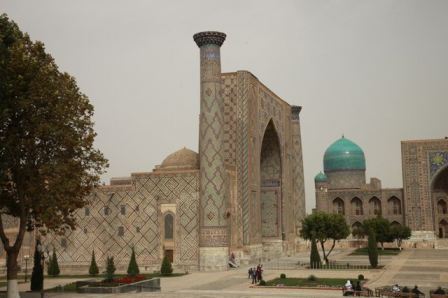
This was the center of the city of Samarkand, built in desert motifs and consisted of places of worship and public discourse. It was a great bustling place with colleges teaching philosophy, math and astronomy as well as a silk route bazaar with eclectic wares from across Timur’s empire – from India to Persia and beyond.
Bibi Khanum’s Mosque
Timur built this mosque in memory of his wife, Bibi Khanum, in 1399 after he returned from his Indian campaign, where he sacked and looted Delhi, India, because “the sultanate there was too tolerant toward its Hindu subjects”.
He brought back more than 50,000 prisoners and 95 elephants who helped build this mosque with Indian architectural elements. Timur’s great grandson, Babur conquered India in 1526 founding the Moghul dynasty which ruled until 1847.
A huge stone Koran dominates the center of the square.
The whole complex is being restored with Russian assistance, a process that began in Soviet times.
Shah-e-Zinda Tombs
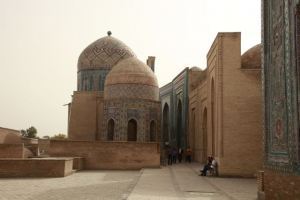
This is a beautiful necropolis not far from the Bibi Khanum mosque, where legend has it that Kusam ibn Abbas, prophet Mohammed’s cousin is buried. He came to Samarkand in the seventh century to preach Islam and was murdered by the Zoroastrians. His tomb was regarded for a long time as a pilgrimage site, equivalent to Mecca for those who could not afford the journey to Arabia.
Samarkand’s Bazaar
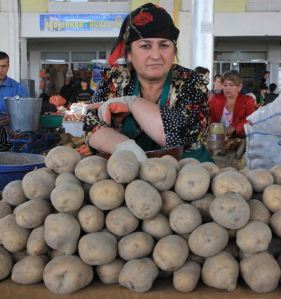
A bustling market of delights in Samarkand. Colorful dresses, scarves and headwear distinguish the vendors of fruits, vegetables, almonds and black sweet raisins.
Potatoes, potatoes.. selling New World food on the Old Silk Route
Big Thanks to Ashok for writing this wonderful post and sharing it with us!
Related Links:
Info about our 12,000 km Silk Route Bike Tour from Shanghai to Istanbul:
https://tdaglobalcycling.com/tours/silkroute/overview
An explanation of Confirmation Bias by one of my favorite blogs, You Are Not So Smart:
http://youarenotsosmart.com/2010/06/23/confirmation-bias/
Link to the original blog post by Venture Capitalist Ashok Vaish:
 REGISTER NOW
REGISTER NOW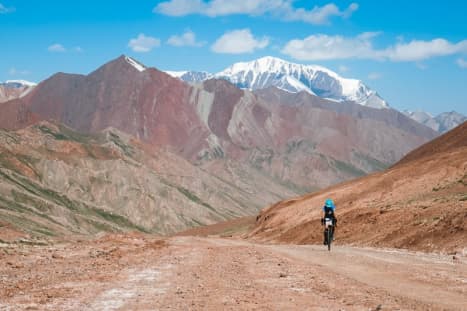
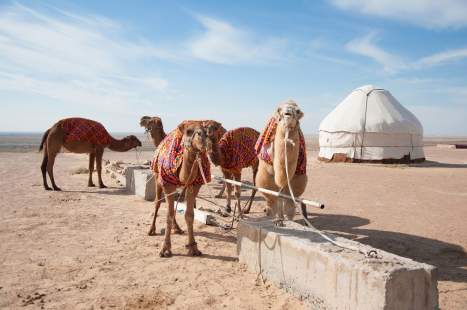

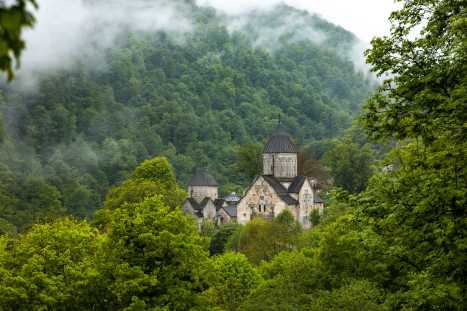
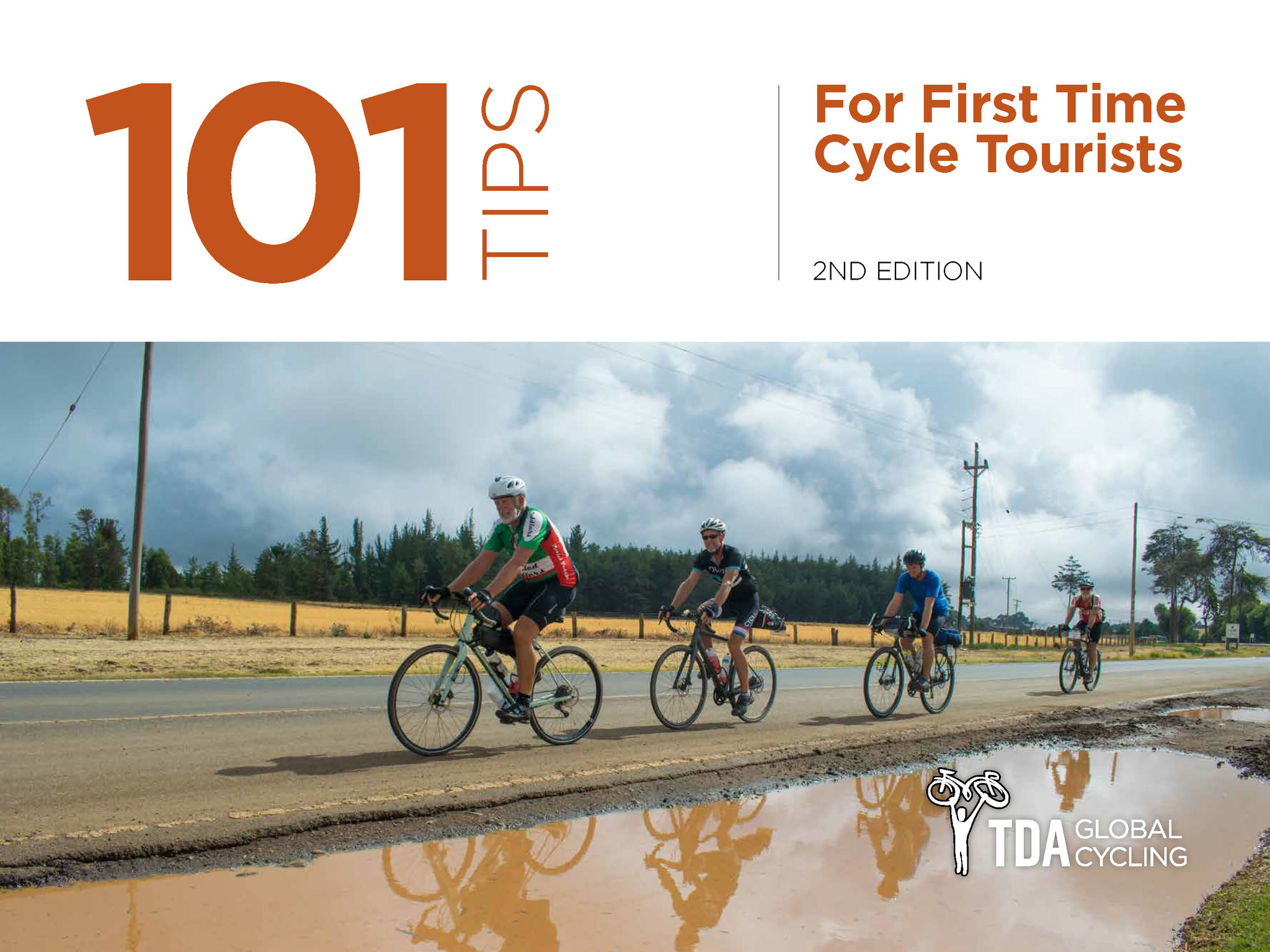
Leave a Comment for "What Can a Venture Capitlist Teach You About Samarkand?"